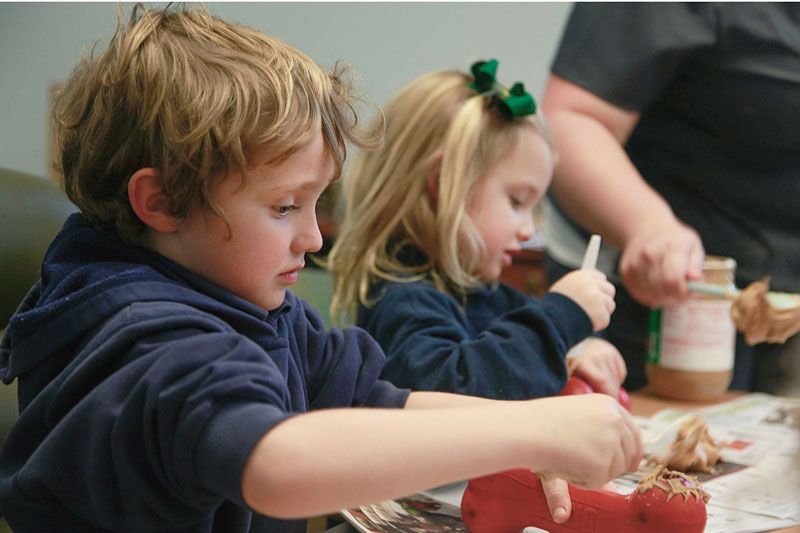
The Diocese of Charleston just completed the first full year of its strategic initiative plan, a five-year plan designed to revitalize and strengthen Catholic schools in the state.
Sandra Leatherwood, Superintendent of Catholic Schools, said a number of essential steps were taken — such as hiring personnel and establishing necessary groundwork — to ensure the success of the plan over the next four years.
“We had to have organizational aspects in place. We did all the necessary paperwork and created policies so the rest of the five years can be successful,” she said.
Chief among the actions is the creation of a Diocesan School Advisory Council, which will consist of 13 members, pending approval of Bishop Robert E. Guglielmone. The council will assist the Catholic Schools Office and Leatherwood in the accreditation process and the revitalization plan going forward, said Sister Pamela Smith, SSCM, Secretary for Education and Faith Formation.
Another key element is the hiring of two part-time consultants to help in the area of academic excellence, Leatherwood said. The diocese hired Myra Finneran to help develop a diocesan-wide curriculum, and Bernard Dumond to assist five smaller schools that don’t have the necessary staff for development and enrollment projects. Those schools are John Paul II in Ridgeland, St. Joseph in Anderson, St. John in North Charleston, St. Anne and St. Jude in Sumter, and Our Lady of Peace in North Augusta.
The comprehensive school revitalization plan was approved by Bishop Guglielmone this time last year. It is the result of a year-long comprehensive look at Catholic education with input from pastors, principals, teachers, parents, and anyone else with a vested interest.
Goals for the five years are broken down into categories: mission and Catholic identity, operational vitality for finances and marketing, academic excellence, and governance/leadership.
Other goals accomplished in the first year include:
Under Catholic identity, a focus group of pastors was created, pending approval of the bishop, which will formulate concrete actions to more fully integrate the parish and school.
In the area of academic excellence, in addition to the hiring of consultants, the implementation task force also conducted a review of standardized testing that led to a change in the testing format. Leatherwood said they found that MAP testing, which is conducted three times a year instead of just once, is more effective in evaluating student progress. They are also training teachers on how to use the MAP testing results to strengthen learning.
Under operational vitality, the diocese is working on a number of projects designed to serve as shared resources for all the schools. For example, two programs were created to help schools fundraise effectively: one that focuses on successfully raising funds, and another to track donors, said Michael Acquilano, director of the S.C. Catholic Conference and associate director of Catholic School Development.
He said they also created a marketing “toolbox” that elementary schools can use to promote themselves to their particular area.
Lastly, under governance and leadership, a program to identify potential principals within the schools will be launched in the 2017-18 school year. Those selected for the program will attend Catholic university leadership programs, and then receive a year of mentoring and coaching.
“We want to ensure we have a group of trained individuals ready to assume leadership in the diocese,” Leatherwood said.
Along with the programs enacted this year, she said there are more on the way.
One thing that pastors said they want to see is support of Catholic education from all parishes, and not just the ones with parish schools. School leaders said they are looking forward to shared resources, such as a tech vendor that can service all the schools’ technological needs.
Photo provided: As part of an outreach effort for the local animal shelter, students at St. Joseph in Anderson filled rubber chew toys with peanut butter as treats for the dogs.

